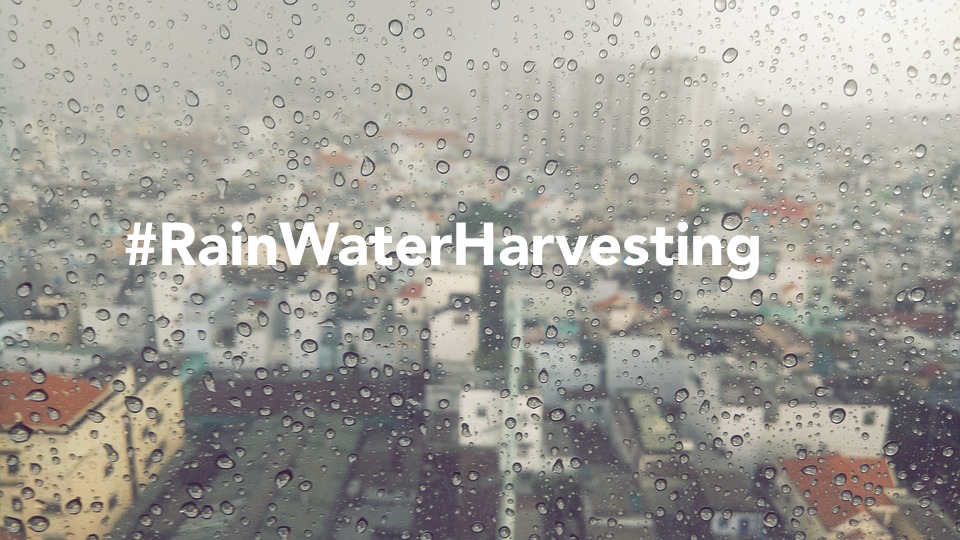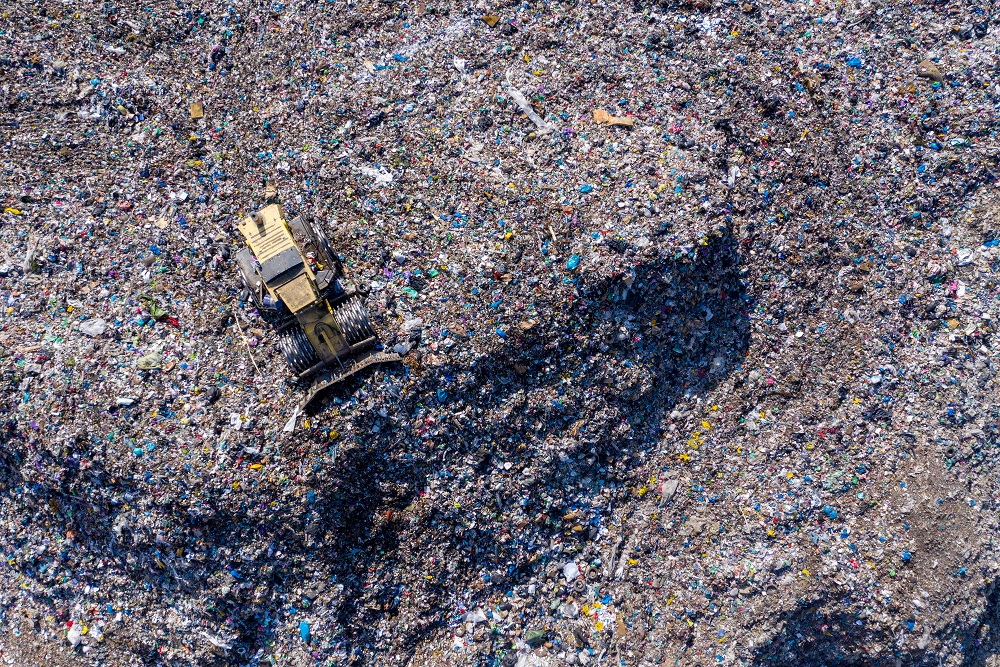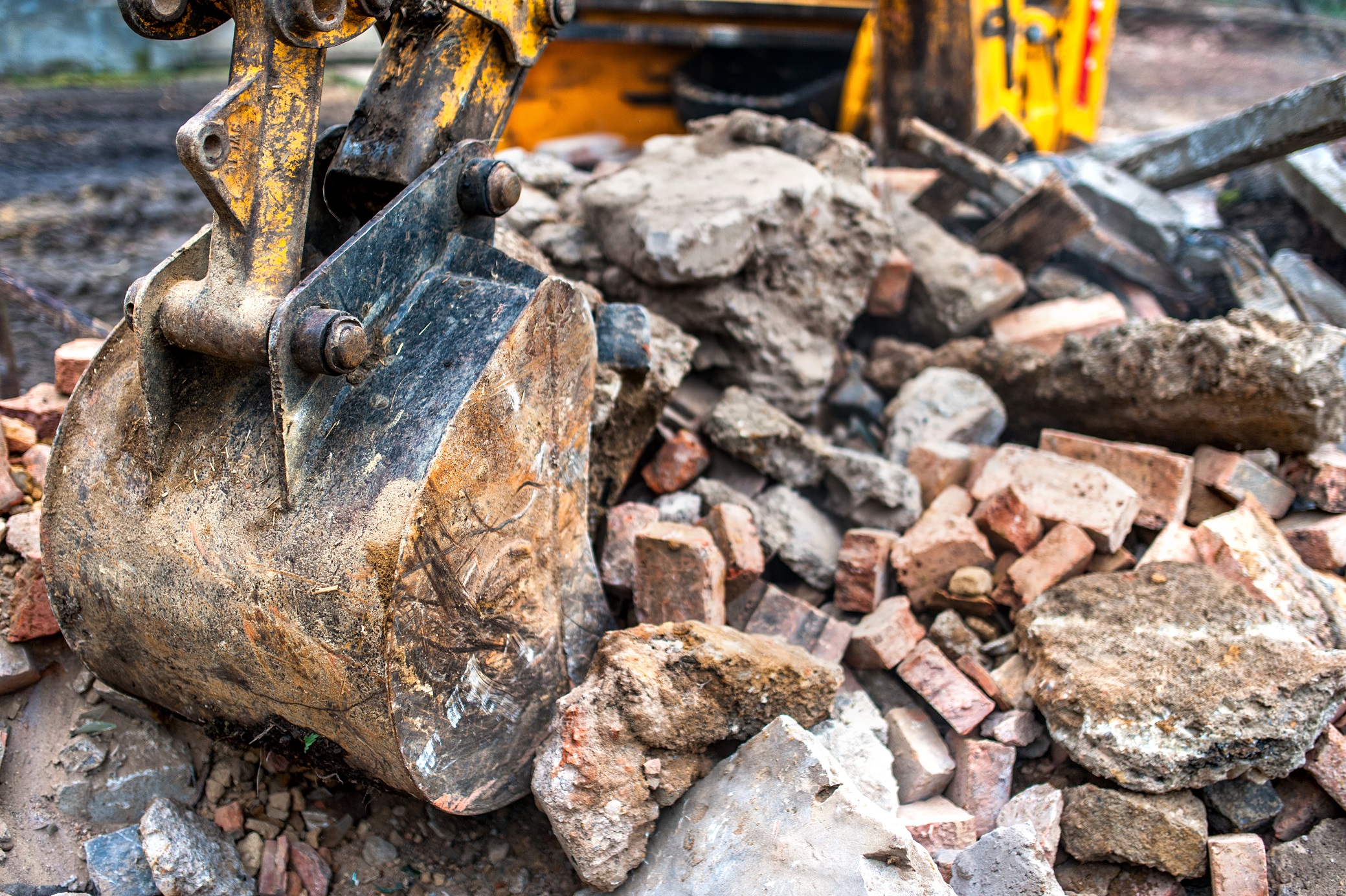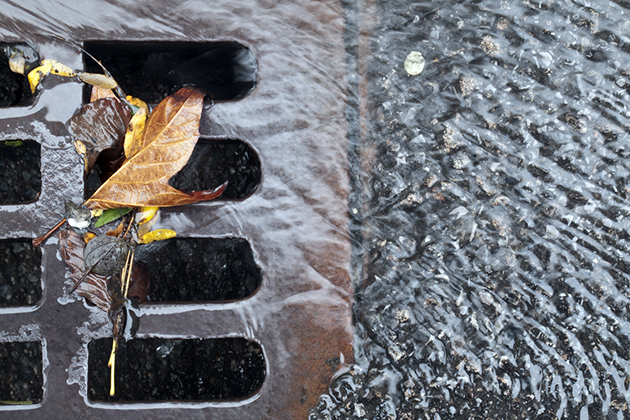Almost every activity i.e., general, residential, and commercial results in the generation of solid waste. Did you know? India is one of the major waste generators in the world. In general, one sole person generates an average of one to two kilos of solid waste every single day. And it is projected that approximately 135-150 million metric tons of solid waste are generated every day in India – what’s more alarming is the fact that only 20% of this waste is treated rest remain in landfills. Several studies and surveys have evidenced that it becomes impossible to treat solid waste because it isn’t segregated. Also, less than 10 percent of bulk waste generators segregate their waste at source making the municipal waste management system hopeless. So, with this ever-rising waste generation, problem waste segregation becomes imperative.
buy modafinil uk paypal Read: India Manages to Recover and Recycle Only About 1% of its Construction and Demolition (C&D) Waste
Waste management comprises a collective activity of segregation, collection, transportation, recycling, and disposal of waste. Improper waste management is one of the main causes of environmental pollution. India, at present, generates the most waste globally, and that is expected to increase substantially by 2050 unless urgent measures are not taken.
Our national capital Delhi tops the list of Indian cities with the maximum waste generation followed by Mumbai, Chennai, Hyderabad, and Bengaluru.
So, What Is Waste Segregation?
According to Wikipedia, “Waste segregation” means dividing waste into dry and wet. Dry waste includes wood and related products, metals, and glass. Wet waste typically refers to organic waste usually generated by eating establishments and are heavy in weight due to dampness.”
In simple words, waste segregation is the process of identifying, classifying, dividing, sorting waste that includes garbage and waste products in an effort to reduce reuse and recycle materials so that they do not land up in landfills and stay there for ages.
Why Waste Segregation Is So Important?
The reason is pretty evident – when you segregate waste, it would be easier to handle it. For better understanding we have highlighted a few points below:
- If waste is not segregated properly, then it all be mixed up in the landfills just like how they are mixed in our dustbins. This would be still ok if it doesn’t contain any harmful gas. But these wastes would decompose over time which can contaminate the land. Consequently, it is going to release leaks and gas which may be harmful to the environment. Now think, what if it contains methane gas? This is going to be really very bad as ultimately it would affect climate change and may lead to drought conditions.
- It is important to segregate waste so that everybody’s health is protected. But the focus should not be just about caring for our health, but understanding that if these wastes are not segregated properly then the risk of cuts or bruises that rag pickers and garbage collectors experience can be avoided. If such people cut their fingers, then they may get infections; this leads to health danger.
- If wastes are segregated it will be easier for the authorities to correctly recycle wastes. Also, waste can be handled easily that will go to the recycler or to the incinerator.
- When waste is unsegregated, it gets contaminated with various types of wastes that are dumped together. Such waste cannot be treated or managed, and most of the time such waste is dumped together into the local dump yard or landfills. With waste segregation, managing different types of waste becomes impossible which also reduces the amounts of waste being dumped.
Waste segregation is the one solution for all types of waste handling issues, this should be implemented not just on a community level, but also on every single individual level.
Understanding The Different Categories Of Waste
To segregate waste appropriately, it is very important to identify the different types of waste. For waste segregation at source, waste is identified and classified into the below categories based on their physical, chemical, and biological properties:
neurontin online no script 1] Dry Waste – Includes all items that are not considered soiled or wet. It includes both recyclable and non-recyclable materials like cans, bottles, clothing, plastic, woof, metals, paper, and glass.
2] Wet Waste – All organic items like food, soiled food wrappers, yard waste, hygiene products, paper towels, tissues, and any other soiled pieces of stuffs that could contaminate the recyclables.
3] Hazardous Waste – Refers to all items, products and, by-products that include toxic, corrosive, reactive, or ignitable ingredients.
4] Hazardous Household Waste – Includes all household items that contain toxic, corrosive, reactive, or ignitable ingredients (other than used oil).
5] Sanitary Waste – All waste including liquid or solid originating solely from humans or human activities. This can also include items from medical waste.
6] E-Waste – Includes all types of electronic waste.
7] Inert Waste – Indicated all waste items that cannot decompose easily.
Some examples of different types of common waste items.
|
Dry Waste |
Wet Waste |
Hazardous Household Waste |
Sanitary Waste | E-Waste |
| · Used Tooth Brush
· Soap Covers · Chocolate Wrappers · Milk Covers · Ghee/Oil Packets · Oil Cans · News Papers · Used Paper Pieces |
· Food Packaging
· Finger or Toe Nails · Hair · Leftover Pet Food · Weeds · Garden Leaves |
· CFL
· Tubelight · Broken Thermometer · Empty Bottles of Floor & Toilet Cleaners
|
· Used Sanitary Pads
· Used Sanitary cloths · Used Syringes · Used cotton & Bandages · Diapers |
· Batteries · CH’s · Printer cartridges · Broken Watch Electronics · Button Cells |
Waste – One Of The Most Talked About Issues
Waste has become one of the most publicized and talk about issues. Several retailers, businesses, and individuals have put together a range of different measures to tackle this waste consumption with only a few making a positive impact on the environment and reducing the waste.
While many have been trying different alternatives some of them have been causing more harm than good. Reducing food packaging, for example, may reduce the small bits of plastic waste but with this plastic, we are vastly wasting the shelf life of this product thus creating much more food waste. Also, shifting from plastic bags to eco-friendly options like paper and cotton tote bags, these have a much greater environmental impact and has to be used a lot more times to be as environmentally responsive as a plastic carrier.
And it’s not just retailers and consumers who are harming the environment – we need to remember that majority of this excessive waste is caused by us i.e., the general public. Look at the litter that is polluting our oceans – it’s one serious and upsetting truth. Research has indicated that by 2050 there will be more plastic in the ocean than fish if nothing is done about marine pollution. How did we get here? Let’s face it – it’s all man-made – LITTERING. Accidental or intentional the world litter has become a global issue and our rivers, oceans, animals and marine life are paying the cost. Hence we must take all the litter home, segregate and dispose off it the right way.
In addition to littering, sometimes recycling can also cause waste. Unquestionably, recycling is one of the most amazing ways to help save our planet, but this process can be hindered if the process gets contaminated. Many people do not pay attention to the labels and instructions about recycling the items, instead, they simply put them straight into the recycling. But there are many items that should not go into recycling like polystyrene. If such items are placed in the plastic recycling bin, it can contaminate the rest of the waste there making all the recyclable items obsolete.
The concluding point we would like to raise is the significance of recycling to avoid needless items being sent to landfill. This is because certain items can take nearly endless years to decompose or we can say they stay in the landfills for almost forever. Simply put, different types of wastes, take different period to break down and decompose naturally. Here is a quick look at few everyday items and the tie they take to decompose when they are not correctly recycled:
- Tin can – around 50 years
- Aluminum can – 200 years
- Plastic bottles – 70-450 years
- Nylon clothes – 30-40 years
- Leather shoes – 25-40 years
- Fishing line – 600 years.
- Glass bottle – 1-2 million years
All of these above items can be easily recycled, a little mindfulness at the individual level can help. Recycling doesn’t have to be a difficult task; it is something we all should be doing naturally to help save the planet.
Waste Management And Construction
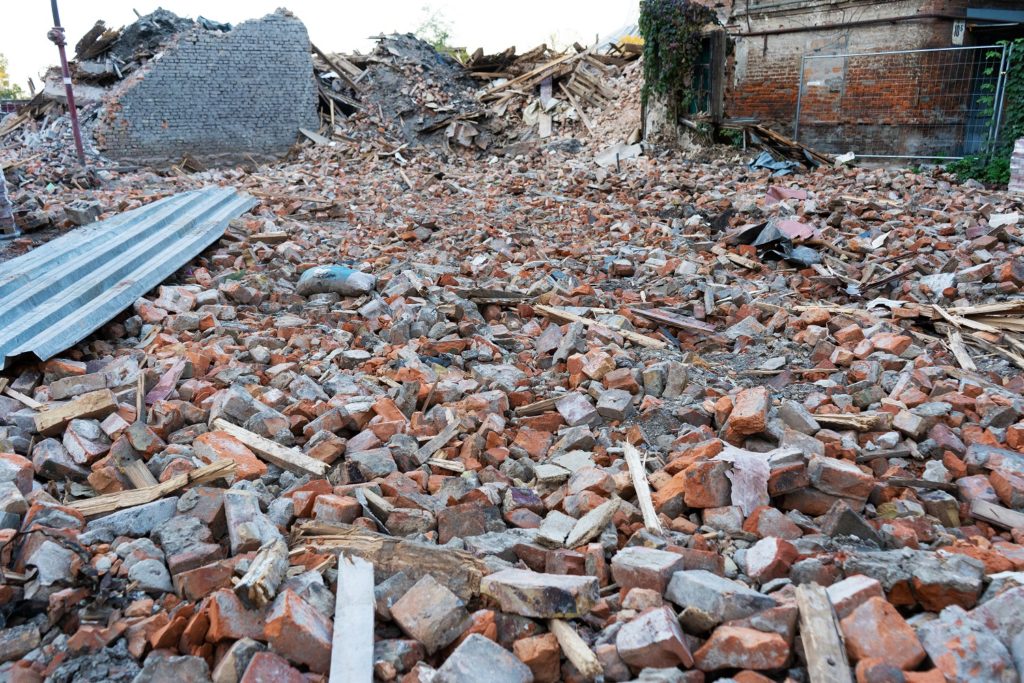
Responsible management of waste is one of the most essential aspects of sustainable building. Waste management is a key area of concern within the construction industry today. Dumping sites are overflowing everywhere in the country, and it’s time to consider salvage/reclamation opportunities, recycling or reusing materials, source reduction, and waste disposal more seriously.
Related: 7 Construction Waste That Can Be Recycled
The following are tips for sustainable waste management in construction:
- Minimise waste – Some building-related waste can be minimized, consider that selection and use of recyclable materials and products offers the potential to minimize waste.
- Segregate waste – How waste is separated and stored is essential for effective construction waste costs management. This can be done by:
- Introducing a secure on-site waste storage area that features clearly labeled and color-coded skips, bulk bags, or wheelie bins for different types of waste.
- If applicable, deploying a mini crusher and screener for leftover bricks, blocks, and hardcore
- Training employees in basic segregation procedures, using incentives and rewards to ensure they follow them
- Bringing onboard a team to exclusively monitor and manage materials and waste either on a full- or part-time basis (depending on your budget).
- Reuse – Some materials can be reused. For example, doors and windows in good, resalable condition might substitute for new products, or be donated and or sold for use on another project; a form of beneficial reuse.
- Demolition and deconstruction – demolition and deconstruction activities result in heavy pollution and waste generation; hence, deconstruction needs to be the focus instead. Deconstruction allows for extensive recovery of usable material at every level, right from systems and assemblies to entire structures and foundations. In addition to preserving resources and minimizing landfill waste, it also boosts the economy by creating new employment opportunities.
In The End
We hope you did understand how important it is to learn how to segregate your waste? It’s not just about learning its importance, it’s about implementing it in our day-to-day activities. Let us also bring this method to work and practice it there. This is a good way of recycling waste, saving the environment, and avoiding health issues.





